Growing okra, also known as ladies’ fingers
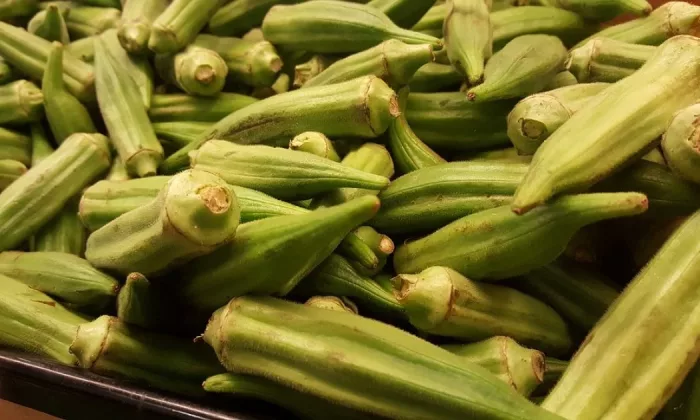
Okra or ochro (Abelmoschus esculentus) is a plant that comes from India. Its fruits, which are known as okra, are widely used in Asia. Today, okra is also a traditional South American plant that thrives in warm weather. Growing is very easy. Thanks to its beautiful flowers the plant actually looks beautiful throughout the growing season. The fruit is rich in vitamin A and is very low in calories.
When to sow
You can pre-grow the seeds at home, but you can also plant them directly in your garden. In both cases, you should start sowing 3 to 4 weeks before the last spring frost – well you need to make “an educated” guess. When sowing outside, you need to protect the seeds – for example, by using a foil tunnel (these are available in different sizes and costs around 20 euros). The tunnel should be 60 to 90 centimetres high to give plants enough room to grow. Use the tunnel until there is no more danger of frost hitting your garden… If you have pre-grown seedlings plant them when the weather is stable and warm – the soil temperature should be above 18°C.
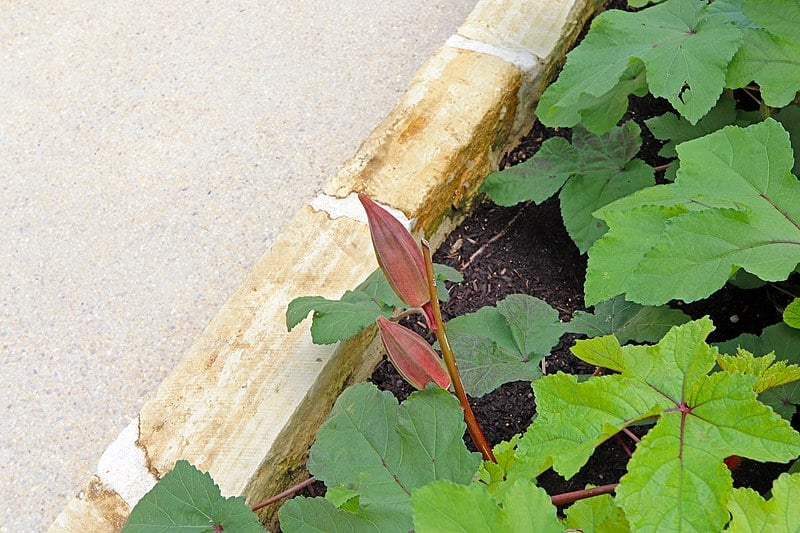
Selecting the correct spot and preparing soil
This plant loves warmth and sunny weather, so you need to choose a sunny spot. Okra is pretty adaptable and will grow in most soils, but prefers soil rich in organic matter. The soil should be on the acidic side with pH between 5.8 and 7.0.
Planting
If you are planting pre-grown plants (which is recommend), space them 30 to 60 centimetres apart to give them plenty of room to grow. Seeds are planted to a depth of 2.5 centimetres and about 24 to 36 centimetres apart. To speed up germination, you can soak the seeds overnight in a lukewarm water. Okra is a tall plant, so maintain enough space between rows – 90 to 120 centimetres.
Caring for okra
Remove weeds regularly, especially when the plant is young. Later you can apply a layer of mulch to prevent weeds from growing. The mulch layer should be about 5 to 7.5 centimetres high. You can also use a well-balanced liquid fertilizer once a month. When your seedlings reach 7.5 centimetres you need to thin the row to maintain a distance of 24 to 36 centimetres from each other. Okra needs plenty of water during hot summer days. After the first harvest, remove lower leaves. This way you will speed up reproduction.
Harvesting
You can enjoy the first harvest about two months after planting. Fruits should be 5 to 7.5 centimetres long and you should harvest every other day. Use a knife to cut the fruit just above the cap – if the stem is too tough, it is too old and do not cut it. Use gloves and long sleeves when cutting okra, as most varieties can irritate the skin. Don’t worry, there is no irritation if you eat it of course!
Storage
As with any vegetable or fruit try to use okra right away, but okra usually produces plenty of fruit, so you will have to find ways to store it eventually. Best way is to freeze it – either whole or chopped.
Preview photo: Pixabay

Gardening is my hobby, I have a lot of experience and I am happy to share it.


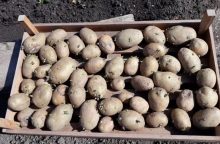
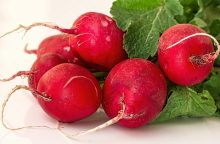


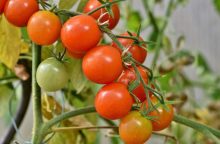

0 comments